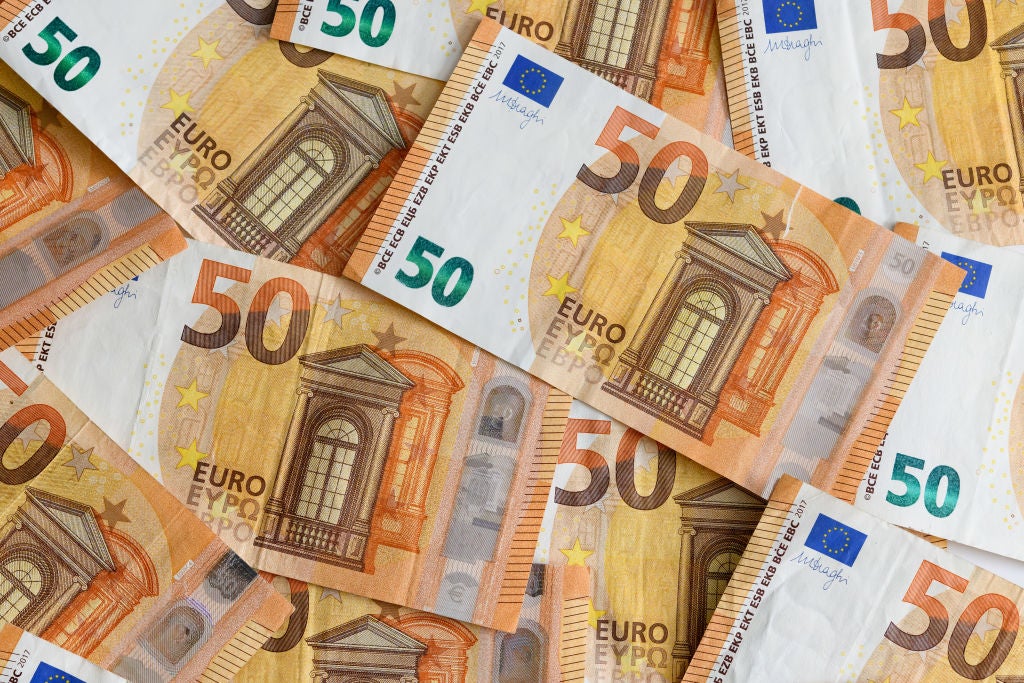
From income disparities to energy poverty, socio-economic inequality within Europe is rife, and the data shows that the situation in southern and eastern Europe is where the situation is at its most precarious.
When it comes to income, a 2019 paper looking at inequality within Europe during the period between 1980 to 2017 found several marked differences between western and eastern Europe.

Discover B2B Marketing That Performs
Combine business intelligence and editorial excellence to reach engaged professionals across 36 leading media platforms.
In 2017 – the last year studied in the paper – per adult income in eastern Europe was about 35% lower than the overall European average. This is the same percentage as in the early 1980s, before the fall of the USSR, the paper points out.
In the case of southern European countries, the paper points out that per adult average incomes have been declining relative to the continental average since the 1990s and were 10% below this average in 2017.
On the other side of the coin, northern European countries were 25% richer than the average in the mid-1990s, and were 50% richer in 2017.
Making ends meet: a challenge across Europe's south and east
These differences can be seen in how households struggle to make ends meet. Across the 27 countries that now form the EU, 7.5% of households made ends meet with 'great difficulty' in 2018 – the latest year for which there is data available for all countries.

US Tariffs are shifting - will you react or anticipate?
Don’t let policy changes catch you off guard. Stay proactive with real-time data and expert analysis.
By GlobalDataHowever, in Greece – an EU country in the south – the percentage spikes up to 38.2%, while in Bulgaria – in Europe's east – the percentage was 26.5%.
Meanwhile, in northern and western countries such as Iceland, France and Switzerland, the percentage is around the 4% mark, much lower than in southern European countries such as Portugal (13.3%) or Romania in eastern Europe (13.4%).
At the other end of the spectrum, Germany enjoyed the lowest level of households struggling to make ends meet, at 1.7%, a difference of 36.5 percentage points compared with Greece.
The cold reality of Europe's energy poverty
The difference between Germany and Greece is also clear when it comes to energy affordability. The percentage of the population unable to keep their homes warm in Germany was 2.7% in 2018, while in Greece over the same year it was 22.7% of the population, according to Eurostat.
The energy crisis, which was much discussed in 2020, has the potential to widen this divide even further. In many countries across Europe not being able to keep homes adequately warm is not a new problem, particularly in southern and eastern European countries.
For example, in 2018 in Bulgaria, 33.7% of the population could not keep their homes adequately warm. This is including the population both below and above 60% of the median equivalised income.
With prices soaring, some countries are seeing these problems spread even further, and although data available for 2020 is only estimates, the average in the 27 countries that now form the EU was 7.6% being unable to adequately warm their homes in 2018, rising to 8.2% in 2020.
Inequality within Europe extends to the dinner table
Socio-economic inequality within Europe is inevitably present in the food people can afford to eat.
There is a difference of 59.8 percentage points between Kosovo, where 61.3% of the population could not afford a meal with meat, chicken, fish (or a vegetarian equivalent) in 2018, and Sweden, where the percentage falls to a small – in comparison – 1.5%.
Meanwhile, the EU average saw 7.4% unable to afford such food in 2018, going down to 6.8% in 2019, the most recent data available.
Within the EU, Bulgaria was in the most vulnerable position, with 31.4% of the population not being able to afford such meals in 2019, with the next EU country on the list being Romania (16.3%).
The keyboard divide shows further inequality within Europe
Inequality within Europe is also evident when it comes to being able to afford technology hardware such as a computer. A striking 3.9% of people in the EU did not have the means to afford a computer in 2018, with the figure in Kosovo being 21%.
The EU country with the largest share of the population who could not afford a computer in 2018 was Romania, at 13.5%, followed closely by Bulgaria, which stood at 12.9%.
With working from home and online teaching becoming a necessity for many due to the Covid-19 pandemic, not being able to afford a computer has the potential to create wide inequalities, not only for workers but for children and young adults who need access to education.
From computer affordability to energy poverty, the data shows a clear divide in Europe within and outside the EU, in the west and the east, and the north and the south.
With the Covid-19 pandemic still very much present and the Omicron variant wreaking havoc across Europe, quite how the region will emerge remains to be seen. However, those in the most disadvantaged positions will most likely be the ones to bear the brunt of inequality within Europe.





